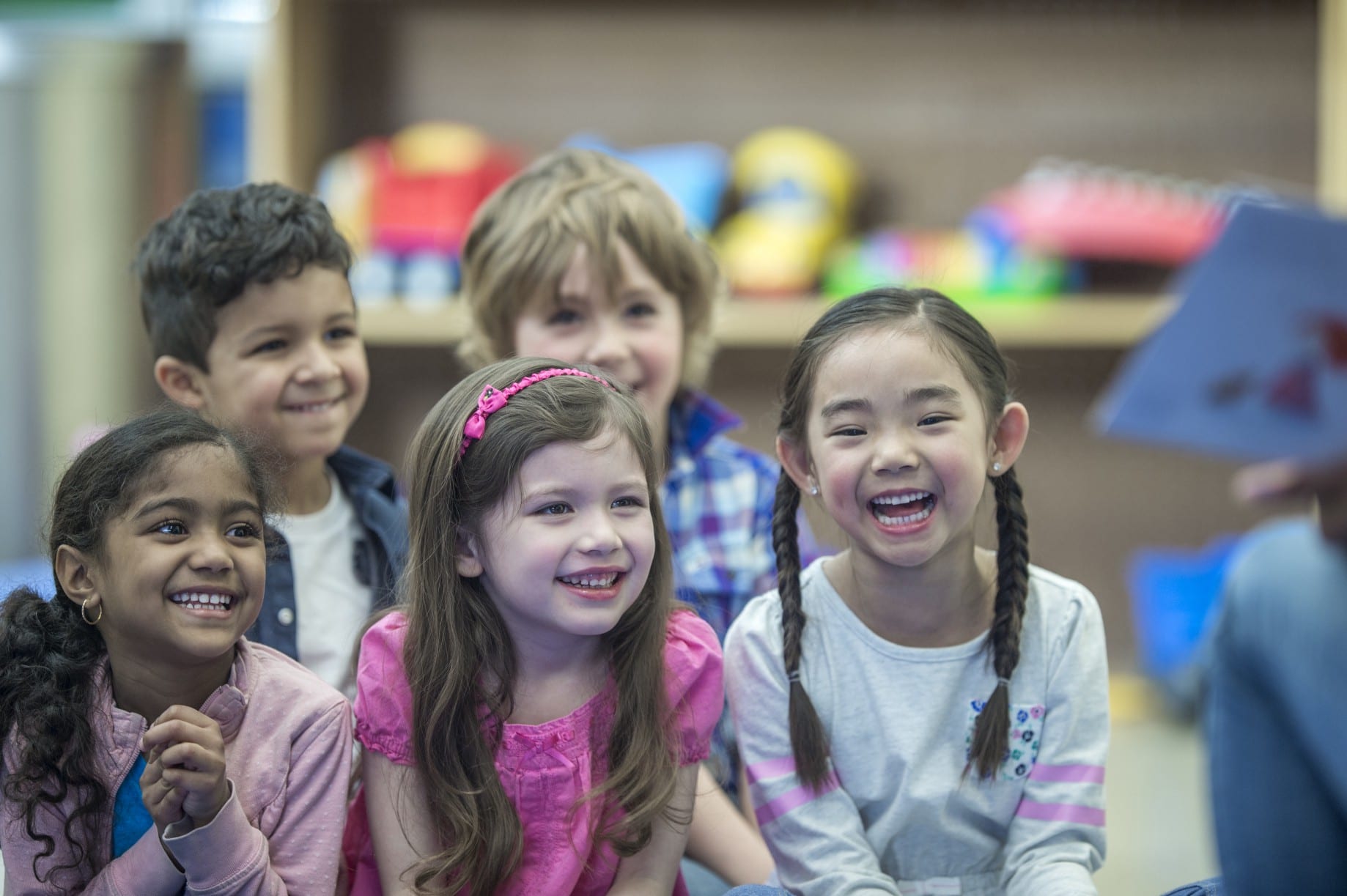Almost overnight, you move to a new country. You don’t know anyone and you’ve just begun attending a new school. As you look around, you can’t read the words on the signs or posters that cover the school walls. You don’t understand what people are saying, and nobody looks like you. You’re startled when someone calls your name and waves you over.
It’s another student who has been assigned to show you around the school building, explain the rules, and introduce you to your teachers. Thankfully she’s very patient and tries to speak slowly so you can catch a few words here and there, but for the most part, you’re completely lost.
Everyone around you is speaking a different language, making it not only difficult to communicate, but impossible to form meaningful connections. After countless days of this, you begin to feel lonely, unhappy, and isolated.
How are you supposed to learn like this?
This is the reality of thousands of immigrant and refugee children across the United States. They’re expected to succeed in high stakes academic environments without any (or very limited) support in their native languages.
The scenario described above reflects the “sink or swim” approach toward language acquisition. Advocates in support of this approach believe that if you throw an English Learner (EL) into an English-only school, the student will simply learn English and thrive, or not learn it and fail.
In a “sink or swim” environment, all instruction and learning materials are provided in English. ELs are discouraged from speaking their native languages, cutting off the means they have to communicate with their peers who also speak their language. This often leaves students feeling angry, confused, and disconnected from school.
Advocating for Bilingualism and Biliteracy
In contrast, when teachers promote bilingualism and biliteracy among non native English speakers, the academic and socio-emotional outcomes are quite the opposite. Teachers can accomplish this in a variety of ways, including:
- incorporating learning materials in English and the student’s native language;
- encouraging communication and expression in both languages;
- providing literature in both languages;
- and using bilingual labels around the classroom.
Bilingual instructional approaches prepare ELs to thrive as children as adults. When academic content is presented to students in their native languages, it’s much easier for them to comprehend. Their brains can then transfer these new concepts and vocabulary words into their second language, making it all “click!” As their language proficiency improves in English, their academic proficiency improves in both languages.
Further, ELs who are encouraged to speak their native languages at school are able to more clearly express themselves and form deeper connections. This practice grants student access to strong support systems to help them navigate and connect with their new, English-speaking world.

Despite the known benefits of bilingualism and biliteracy, many educators and parents are concerned that encouraging children to maintain their native languages will prevent them from learning English. However, many studies have proven that if ELs are given the opportunity to learn in both languages, they will experience long-lasting linguistic, cognitive, social, and academic advantages.
If teachers provide ELs with floaties and kick boards, they won’t be forced to sink or swim; but rather, they’ll learn to become fast, safe swimmers.
For ELs of all ages, English proficiency, academic achievement, and healthy socio-emotional adjustments are realized when their teachers embrace bilingualism and biliteracy in their classrooms.
Photo credits: Washington Post & Latina Lista
About the author:

Martha Sofia Fuentes
Education Marketing Assistant at Bilingual Bridges




